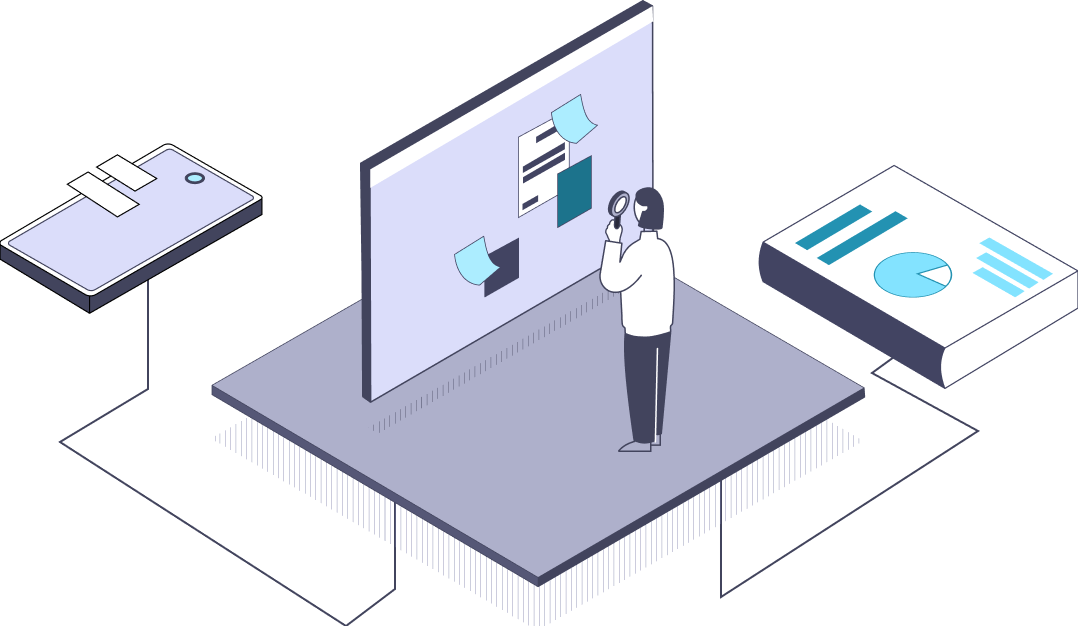This executive summary shares key insights from our whitepaper on business forecasting for strategic planning. The paper provides a comprehensive guide on using advanced forecasting tools to navigate market uncertainties and enhance decision-making. It also explores the latest advancements in AI and Big Data and shares practical strategies for integrating forecasting into your business planning.
Read the executive summary for more insights or fill in the form below to access the full whitepaper.
Executive summary
As a senior executive or manager, one of your priorities is to make informed strategic planning decisions, and to make them fast. But in today’s business landscape, risk and uncertainty is always top-of-mind.
Volatile markets affecting costs, soaring consumer interest in sustainability demanding green practices, spiraling geo-political tensions threatening supply chains, and disruptive innovations like Generative AI upending operations are just the tip of the iceberg. But it points to the pressing need at the heart of every successful business: accurate, data-driven strategic planning informed by business forecasting.
With the market for predictive analytics software expected to grow to US$42 Billion by 2028, it’s clear that companies of all shapes and sizes use forecasting as a way to understand and control risk. The key question? With a bevy of new technologies in data science and AI available, are they leveraging forecasting that is being done well?
You can answer this question in three steps.
- First, conduct an audit and uncover how much your business has lost through inaccurate forecasting. Nobel laureate Daniel Kahneman, behavioral economist Cass Sunstein, and strategist Olivier Sibony highlight this common weakness in executive decision-making in their 2021 book, Noise: A Flaw in Human Judgement — nearly every company they have worked with was not being honest with themselves.
- Second, analyze existing forecasting processes and frameworks. Forecasts are fundamentally based on limited information and knowledge and must be constantly adjusted to compensate. The more limited the data, the higher the risk of inaccuracy and the more intervention is needed. The frequency of adjustments is also a critical factor in agile businesses being able to seize opportunities quickly and outperform competitors.

- Finally, update your processes to conform to your organization’s strategic planning and risk frameworks.
One solution, gfknewron Predict, automates manual data analysis and nets companies approximately US$450K per year, according to a Forrester Total Economic Impact™ study.
Pioneered by GfK, and going one step further than even the widely-watched GfK indices, this forecasting tool offers a practical solution to every business leader’s unspoken desire: the ability to do business with relative certainty. This is why some of the world’s top-performing companies use gfknewron Predict for their strategic planning. It gives them the assurance of planning based on sophisticated business forecasts accessed through customizable, easy-to-use dashboards: bringing the future into the now.
Let’s uncover how forecasting tools like gfknewron Predict — augmented by technical- and AI innovations — can realistically and reliably support this goal.
Topics the whitepaper explores
Forecasting 101: Definition and evolution
- Key advancements in Big Data, computational power, and scientific research elevate forecasting’s accuracy and utility — transforming it into a high-value strategic planning tool.
- Consumer insights drawn from their digital footprints guide responsive marketing strategies. Meanwhile, advanced forecasting systems offer depth in analysis, outperforming traditional methods.
- The integration of AI, particularly through transformer models in deep learning enhances strategic decision-making, allowing businesses to navigate market uncertainties with unprecedented precision.
Business forecasting today
- AI and Big Data have transformed forecasting into a vital strategic tool, with breakthroughs like transformer models (leading to Large Language Models or LLMs such as ChatGPT) having dramatically improved forecasting’s accuracy and utility.
- The landscape is marked by both a growing reliance on sophisticated forecasting for competitive strategic planning and challenges in data quality and adoption. Despite its critical role, adoption of modern forecasting varies — with many still using manual methods.
- GfK-NIQ solutions exemplify the shift towards AI-driven forecasting that’s accessible to teams across organizations — blending deep data insights with advanced analytics and easy-to-use interfaces.
Benefits and challenges of business forecasting
- The data democratization enabled by forecasting platforms brings a proactivity to strategic decision-making that fosters a secure and empowered organizational culture. This strengthens leadership and enhances employee morale.
- Accurate forecasts drive operational efficiencies shown to significantly enhance financial outcomes — for example, delivering US$1.1M in incremental profits through optimized price and portfolio management in one study of gfknewron Predict.
- Despite its benefits, forecasting has limitations, such as its dependence on historical data, which can delay business agility. There’s also a risk of overreliance on these tools, potentially causing organizations to stray from their core strengths and vision. However, these challenges can be countered with the help of AI-enhanced platforms positioned as companions to decision making.
Discover a real world, AI-enhanced forecasting solution
- gfknewron Predict revolutionizes forecasting with AI and extensive GfK data, making advanced market insights accessible for all levels of expertise.
- It offers precise short and long-term forecasts using the largest POS dataset, analyzed through machine learning for up to 98% accuracy.
- User-friendly dashboards and continuous data updates empower businesses to make informed decisions, navigating market uncertainties with confidence and precision.

Read the full report
Author

Marcus Storm
Product Lead, GfK Forecasting



